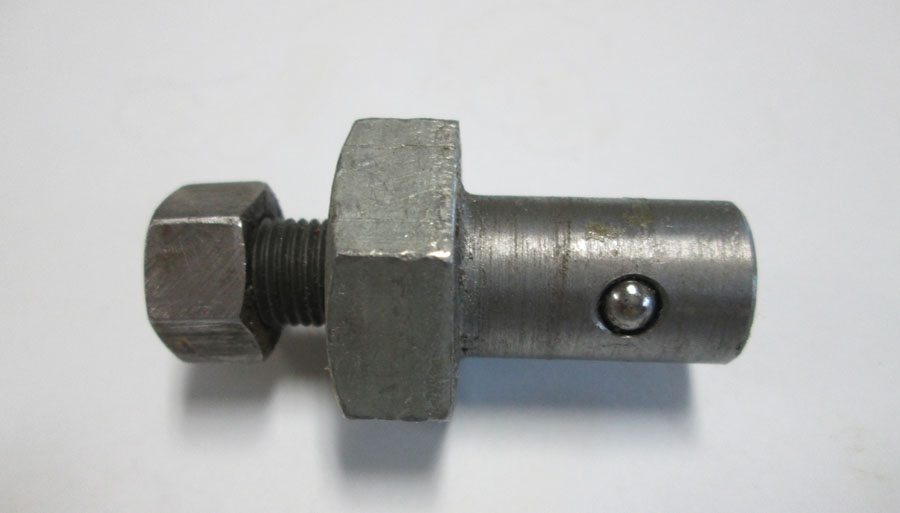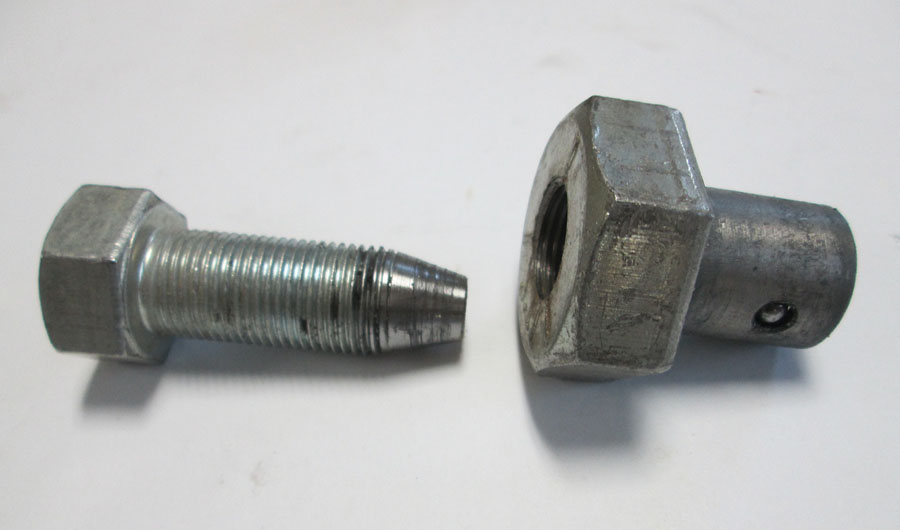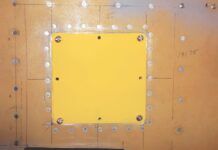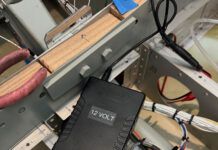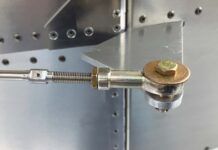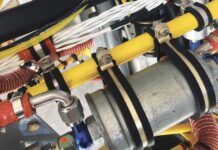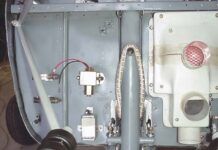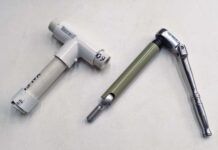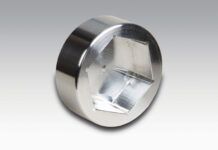When the Creative Homebuilder needs to bead some tubing, he skips the expense of a Parker beading tool set and instead uses his make-your-own (MYO) shop skills. He admits that the tools are a bit crude, but they work well for his occasional usage, and he has made these tools to accommodate aluminum tubes up to 2 inches in diameter (which mate with 2-inch SCAT tube). He starts with two different sized hex-head cap screws for the mandrel and the housing. The housing is rendered smooth sided, bored lengthwise, and tapped for the appropriate size threaded shank. The smooth-sided housing’s exterior diameter must snugly fit the interior of the aluminum tube that needs beading. Ball bearings the size of the desired bead are selected, and two or four holes are drilled into the housing wall at opposite positions to accommodate these bearings. The holes have just slightly larger diameters than the bearings to be used.
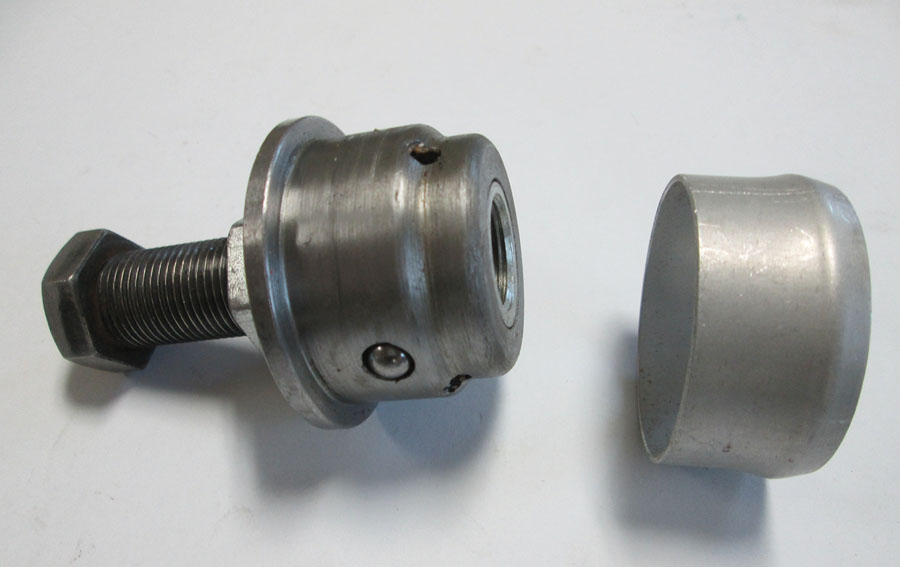
The Creative Homebuilder’s MYO beading tool for an aluminum tube that will match up with a 2-inch SCAT tube.
The shank of the mandrel is sharply tapered at the end. To use the device, the mandrel is slowly screwed inward, forcing the balls outward into the side holes. While holding the aluminum tube stationary, the tool’s housing (with its hex head) is rotated, and the bead begins to develop. As resistance lessens, the shank again advances, and the process repeats until an adequate bead has formed on the aluminum tube. The process is much like using a tube cutter, which puts pressure on the tube with a cutting wheel, then is rotated until the resistance goes away. The cutter is tightened a bit and the process repeats.
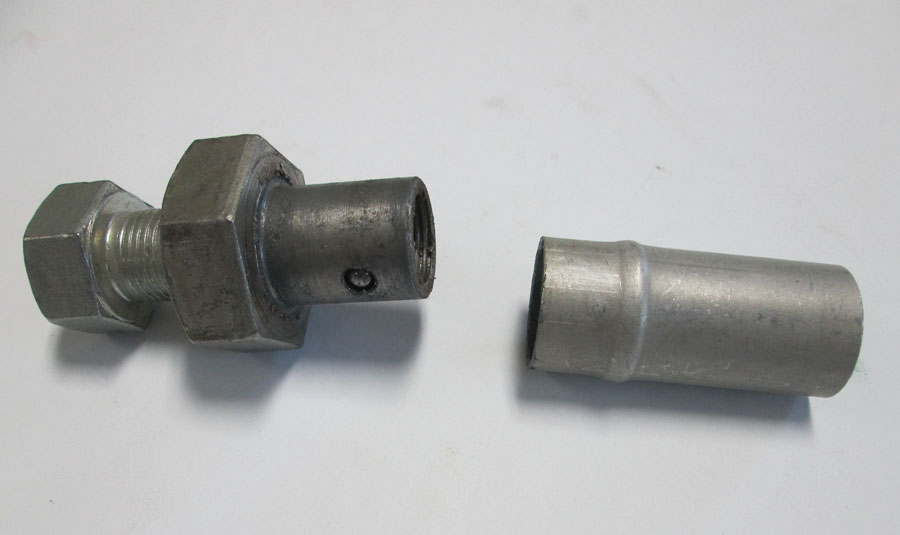
MYO beading tool and beaded 3/4-inch aluminum tube. He used this tool and process for the tube secured with a worm-drive hose clamp to his MYO air-oil separator hose.
The ball bearings are not captured in the Creative Homebuilder’s examples. He says that most of these tools were made for a single use so he didn’t make them “user friendly.” Instead, he holds the balls in place with a dose of thick grease, which serves two purposes—the grease retains the balls in the holes, and it acts as a lubricant for the process. After all, there’s a whole lotta friction goin’ on! He also has an extra segment of each size tube that he slides over the housing to keep the balls in place when the tool goes into storage.

